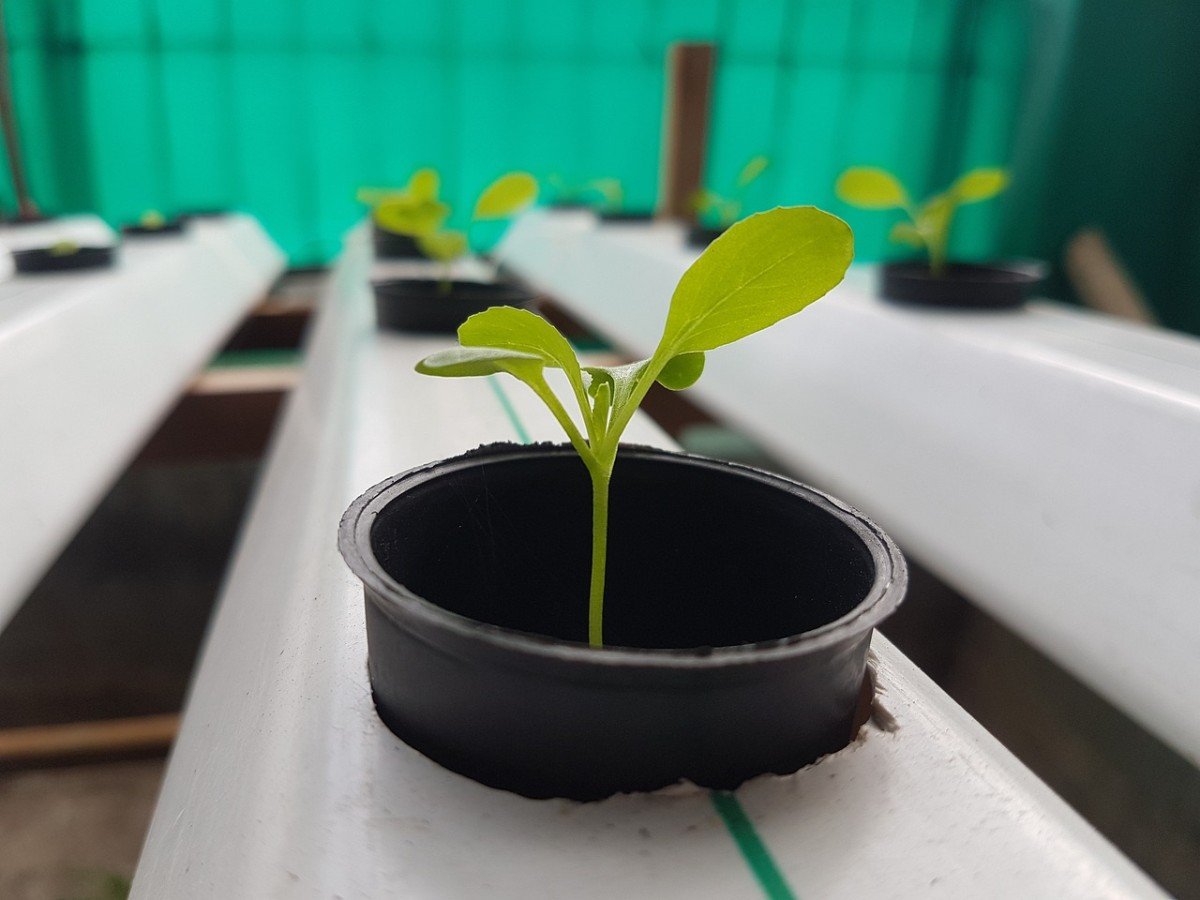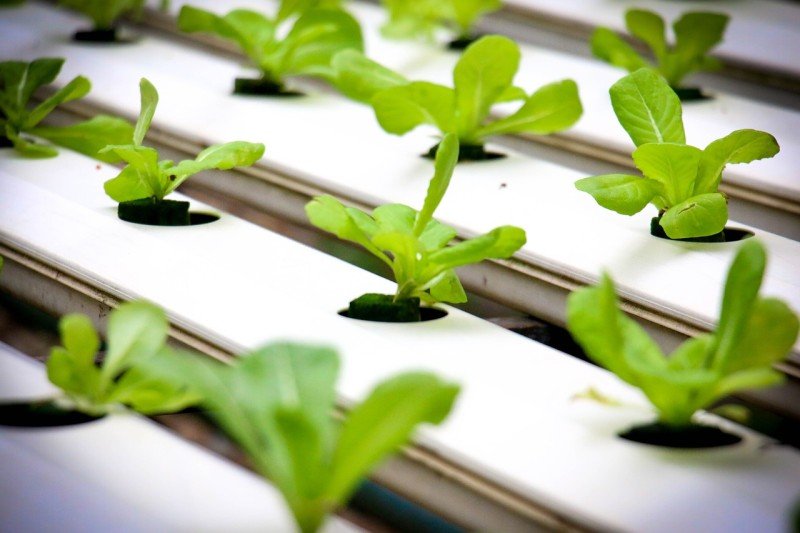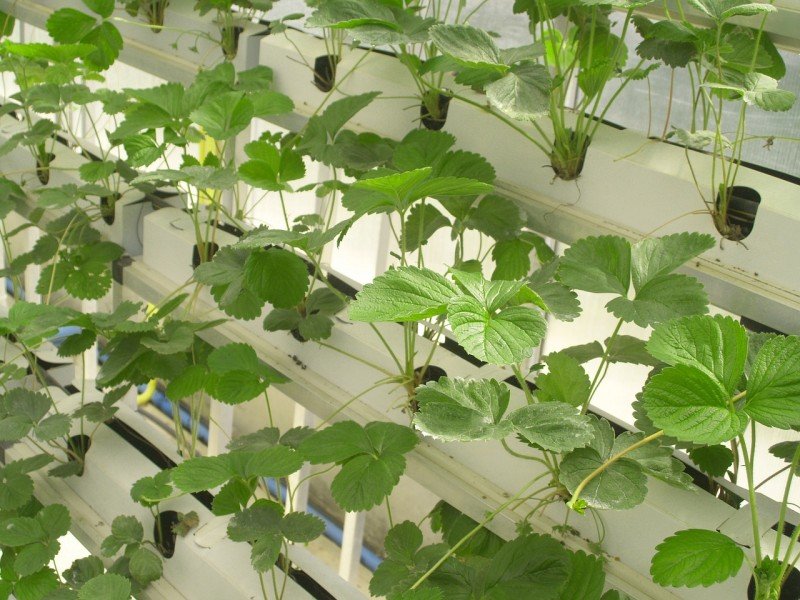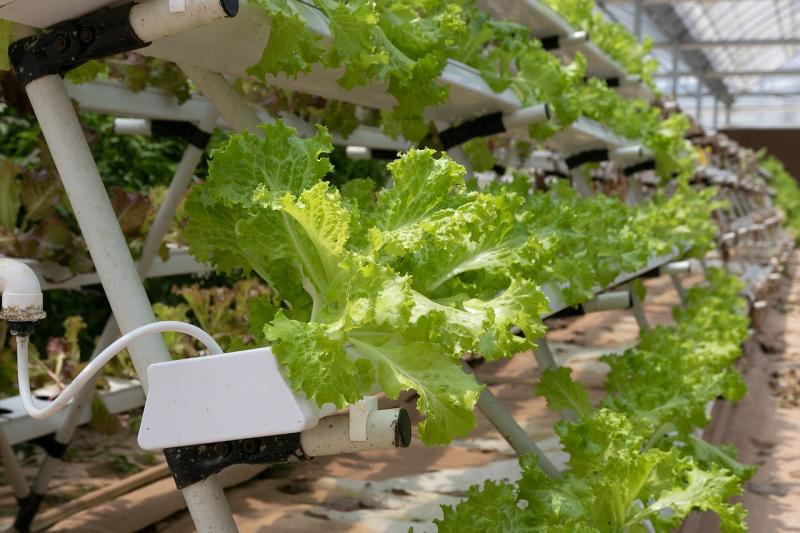Hydroponic growing is a modern method of cultivating plants that does not require the use of soil. Instead, it uses a nutrient-rich solution that is directly delivered to the plants. The plants are grown in a controlled environment using grow lights, fans for air circulation, and other necessary equipment.
One of the main advantages of hydroponic growing is that it allows plants to grow faster and more efficiently. Since the plants are not competing for nutrients and water resources with other plants, they can grow at a faster rate than they would in traditional soil-based systems.
Another advantage of hydroponic growing is that it allows for greater control over environmental factors. The grower can control the temperature, humidity, light, and nutrient levels to optimize plant growth.
Hydroponic growing is also more water-efficient than traditional soil-based systems. The nutrient solution can be recycled and reused, reducing the amount of water needed to grow plants.
Hydroponic growing can be used to grow a variety of plants, including vegetables, fruits, and herbs. It can be used in both indoor and outdoor environments, making it a versatile option for growers.
Overall, hydroponic growing is a promising modern method for cultivating plants that offers many advantages over traditional soil-based systems. It can increase yields, reduce water use, and provide greater control over environmental factors.
Key Components of a Hydroponic System: Nutrient Solutions, Growing Mediums, and Lighting
A hydroponic system is a method of growing plants without soil, where nutrients are provided through a water-based solution. This system can make it easier for growers to manage plant growth, reduce water usage, and increase crop yields. The success of a hydroponic system largely depends on the right combination of nutrient solutions, growing mediums, and lighting.
Nutrient Solutions: Hydroponic plants receive their nutrients through a water-based solution that contains all the essential elements for plant growth, such as nitrogen, phosphorus, potassium, magnesium, and calcium. These elements need to be in the right quantities and ratios, based on the type of plant being grown. Nutrient solutions can be purchased pre-mixed, or growers can mix their own solutions using commercial products or raw materials. Growing Mediums: Since hydroponic plants do not grow in soil, they need a support structure to anchor their roots and provide access to nutrient solutions. There are several types of growing mediums used in hydroponic systems, including rockwool, coco coir, perlite, vermiculite, and clay pellets. These materials provide a stable environment for the plant roots and allow for easy nutrient uptake. Lighting: Plants grown in hydroponic systems require sufficient lighting for photosynthesis to occur. Light intensity and spectrum play a crucial role in plant growth and can be adjusted based on the type of plant being grown. Growers can choose from a variety of lighting options, including fluorescent, LED, and HID (High-Intensity Discharge) lights. The lighting system should be placed at the correct distance from the plants and run on a timer to ensure consistent and optimal light exposure.In summary, a hydroponic system relies on three key components: nutrient solutions, growing mediums, and lighting. By selecting the right combination of these components, growers can customize their system to produce high-quality crops in a space-efficient and water-efficient manner.
Benefits and Potential Applications of Hydroponic Growing Systems in Agriculture and Urban Environments
Hydroponic growing systems offer a variety of benefits and potential applications, particularly in agriculture and urban environments.
1. Increased Crop Yields
Hydroponic systems enable precise control over growing conditions such as temperature, light, and nutrients, which can result in higher crop yields. Plants grown in hydroponic systems also tend to grow faster due to the optimized growing environment.
2. Conservation of Water and Resources
Hydroponic systems use considerably less water than traditional soil-based growing systems. This is because hydroponic systems are able to recycle and reuse water, reducing water wastage. Additionally, hydroponic systems can be implemented in urban environments where space is limited, allowing for more efficient use of available land.
3. Reduced Use of Pesticides
Hydroponic systems can reduce or eliminate the need for harmful pesticides by growing in a controlled and sterilized environment. This can help to reduce the risk of chemical exposure to both the environment and consumers, as well as reduce the impact of pests on crops.
4. Improved Food Security
Hydroponic systems can be implemented in communities that lack access to fresh produce, such as urban food deserts. This can help to improve food security and ensure that communities have access to fresh, healthy produce.
5. Sustainable Agriculture
Hydroponic systems have the potential to be highly sustainable, as they use less water and can be designed to operate using renewable energy sources such as solar or wind power. Additionally, hydroponic systems can be used to produce crops year-round, increasing the overall efficiency of agricultural production.
Overall, hydroponic growing systems offer numerous benefits and potential applications in both agriculture and urban environments. With their potential to increase crop yields, conserve resources, reduce the use of pesticides, improve food security, and promote sustainable agriculture, hydroponic growing systems are a promising solution to some of the challenges facing modern agriculture.



